Bridging industry and academia to improve community health
One of the great things about a life in science is that there's a variety of career options throughout industry, academia and other sectors. Although this column normally focuses on only one such category, industry, there are many jobs that bridge them and don’t clearly belong to any one sector.
This week, I talked with Sunita Dodani, professor at Eastern Virginia Medical School and founding director of the EVMS–Sentara Healthcare Analytics and Delivery Science Institute. Dodani’s career has spanned the medical, research and healthcare fields. She talked to me about her background and career and highlighted yet another way scientists can be involved in the healthcare industry.
The path to founding director

Dodani started her scientific education in Pakistan, where she earned her medical degree from the Aga Khan University Medical College. She then crossed the globe, coming to the U.S. for specialized training in cardiology. She next focused on training in research, earning her master's in clinical epidemiology at Dalhousie University in Canada and a Ph.D. at the University of Pittsburgh, where she earned two Fulbright scholarships.
From there, Dodani served in different roles at several institutions. In addition to her research, she started working on using healthcare analytics tools to create high-performing and sustainable health systems. She describes herself as “an administrator that builds research infrastructures and strengthens clinical infrastructures.”
Dodani was the founding director of the Center for Outcome Research and Education at the University of Kansas School of Medicine. She also served as an associate professor at the University of Florida and was affiliated with the Mayo Clinic in Jacksonville's Center for Health Equity and Community Engagement Research.
Dodani was asked to found and direct HADSI in Norfolk, Virginia, in 2017. “I was honored to receive the invitation,” she said. “We built HADSI from scratch, and now we have 10 faculty and staff members — we’ve come a long way.”
So what is HADSI?
HADSI offers data analytics services and research support to help advance the healthcare community. The institute was founded as a partnership between Sentara Healthcare, the largest healthcare system in the Virginia region, and EVMS, an academic research and medical school.
“HADSI functions as a bridge between these two partner institutes,” Dodani said. “This way, we are able to take advantage of Sentara Healthcare data and provide (the system with) physicians and researchers to better understand how to improve patient outcomes.”
HADSI supports research by offering research analytical services, grant-writing support, and other programs aimed at helping researchers succeed. Dodani said there are only 18 to 20 institutions similar to HADSI in the U.S., yet HADSI sits at a unique intersection of the academia and the medical and healthcare industries.
For Dodani, one of the driving motivators to establishing an institute like HADSI was to improve the health of the surrounding community.
“Collaborative efforts between academia, industry and other healthcare partners can improve the health of people,” she said. “This is especially important in light of the current pandemic, where many in the community are scared and have experienced a stressful time.”
A nationally recognized leader
Dodani has received national recognition for her work on bridging healthcare industry and academia, in addition to her efforts to improve health disparity research. Last month, she was selected to serve as part of a task force to help inform the White House about COVID-19 policies. The task force is run by the Federation of American Scientists, a nonprofit that works with many White House officials on improving health policies.
Dodani said she was honored to receive the invitation, but it didn’t come as a big surprise — she’s been part of similar initiatives before.
In 2016, she was invited by President Barack Obama to attend his presentation on clean energy at Saft America’s lithium-ion battery plant in Jacksonville. That same year, she also was invited by the White House to participate in the "United State of Women" Summit in Washington, D.C. During the summit, she met with the first lady, Michelle Obama, and shared with her some of the health issues that women of color are facing.
As the founding director and leader of an institute like HADSI, and given her experience in related positions, Dodani has paved the way for similar-minded researchers to follow in her footsteps. In recognition of her accomplishments, she has been a keynote speaker at the annual Women Building Bio conference for the past two years.
“Last year, I presented my journey from a developing country to a developed country, and about being a female minority in the industry with a disability,” she says. (Dodani had polio as a child.)
This year, her message focused on resilience in the face of adversity.
“There are many challenges that women may face, and resiliency is key to overcoming them,” Dodani said. “Also, with these challenges comes a lot of opportunity, and resiliency will also help you harness them.” This message can be applied regardless of setting and is a nice reminder for scientists regardless of their field.
I have to add that Dodani was one of the friendliest people I have had the pleasure of interviewing. I could hear her passion for her work in her voice, and she was more than happy to share her experiences.
Dodani’s current and past positions highlight some of the less well-recognized paths scientists can take if they are interested in careers in the healthcare industry and research. Stay tuned for more insights into industry careers soon!
Enjoy reading ASBMB Today?
Become a member to receive the print edition four times a year and the digital edition monthly.
Learn moreFeatured jobs
from the ASBMB career center
Get the latest from ASBMB Today
Enter your email address, and we’ll send you a weekly email with recent articles, interviews and more.
Latest in Careers
Careers highlights or most popular articles
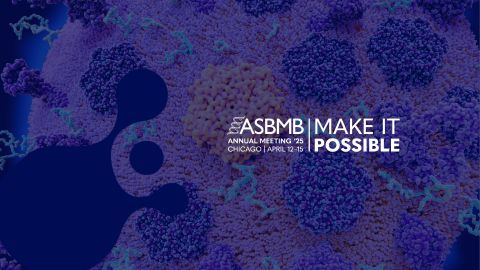
Host vs. pathogen and the molecular arms race
Learn about the ASBMB 2025 symposium on host–pathogen interactions, to be held Sunday, April 13 at 1:50 p.m.
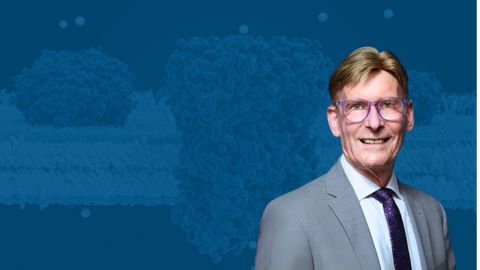
Richard Silverman to speak at ASBMB 2025
Richard Silverman and Melissa Moore are the featured speakers at the ASBMB annual meeting to be held April 12-15 in Chicago.
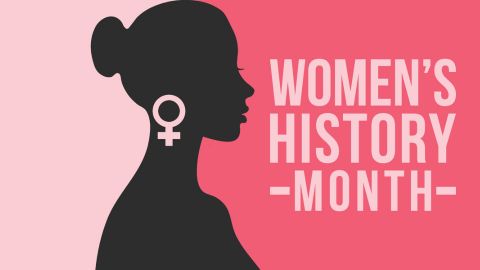
Women’s History Month: Educating and inspiring generations
Through early classroom experiences, undergraduate education and advanced research training, women leaders are shaping a more inclusive and supportive scientific community.
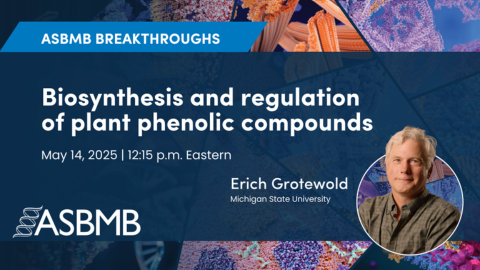
Upcoming opportunities
Register for the May 14 ASBMB Breakthroughs webinar on biosynthesis and regulation of plant phenolic compounds.
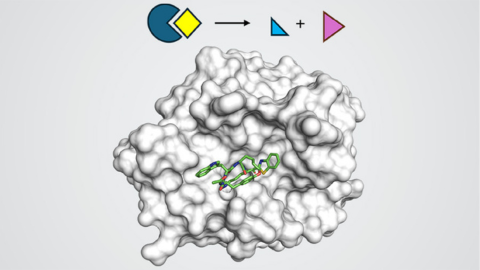
Upcoming opportunities
Save the date for ASBMB's virtual meeting on nucleophilic proteases. Reminder: Get your ticket for #ASBMB25's closing reception at the Griffin Museum of Science and Industry before it sells out!

Emerging Investigator Seminar: Networking, career insights & cutting-edge research
At ASBMB 2025, this all-day seminar will offer a chance to hear from budding scientists, build connections and learn about scientific career opportunities.

